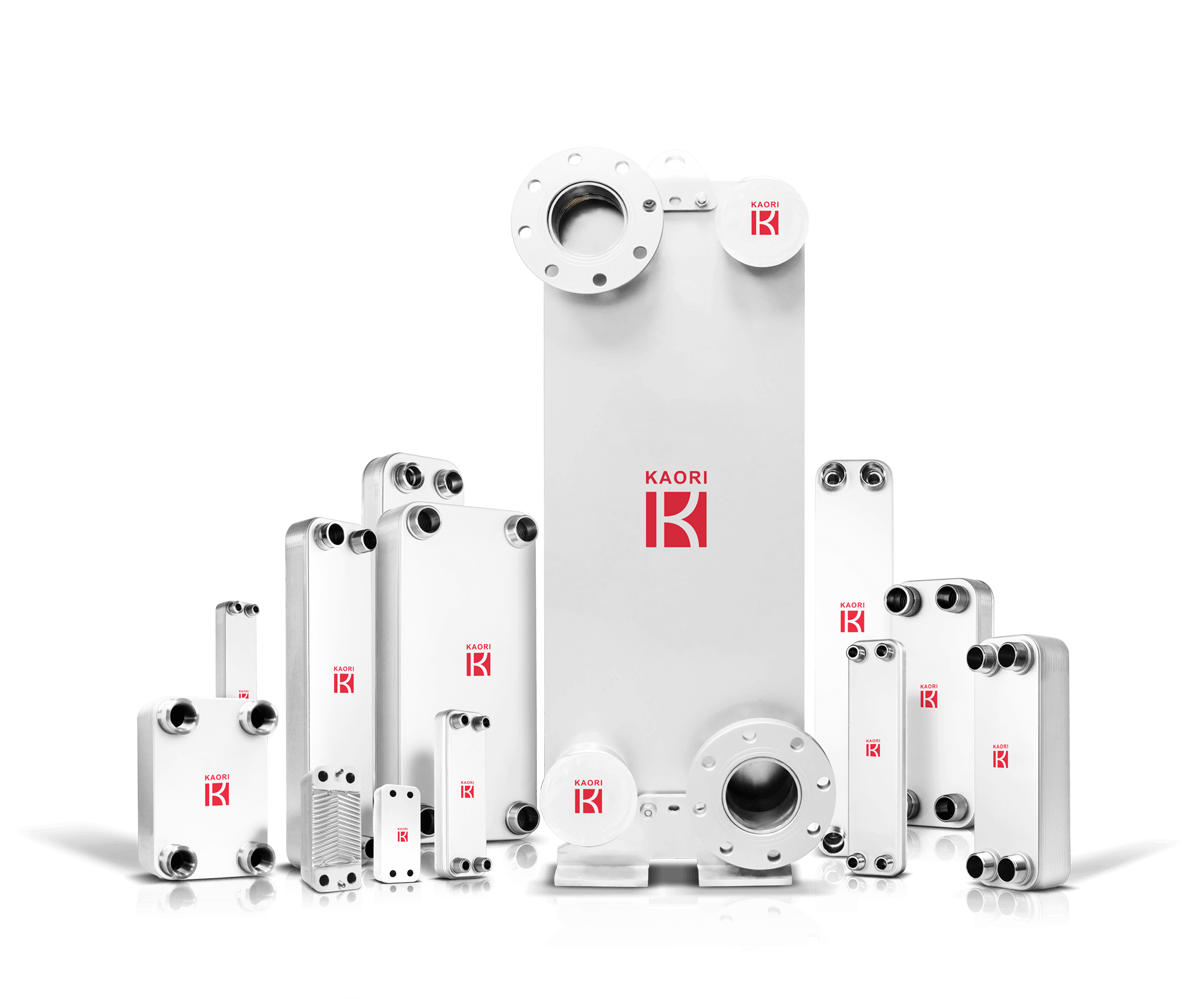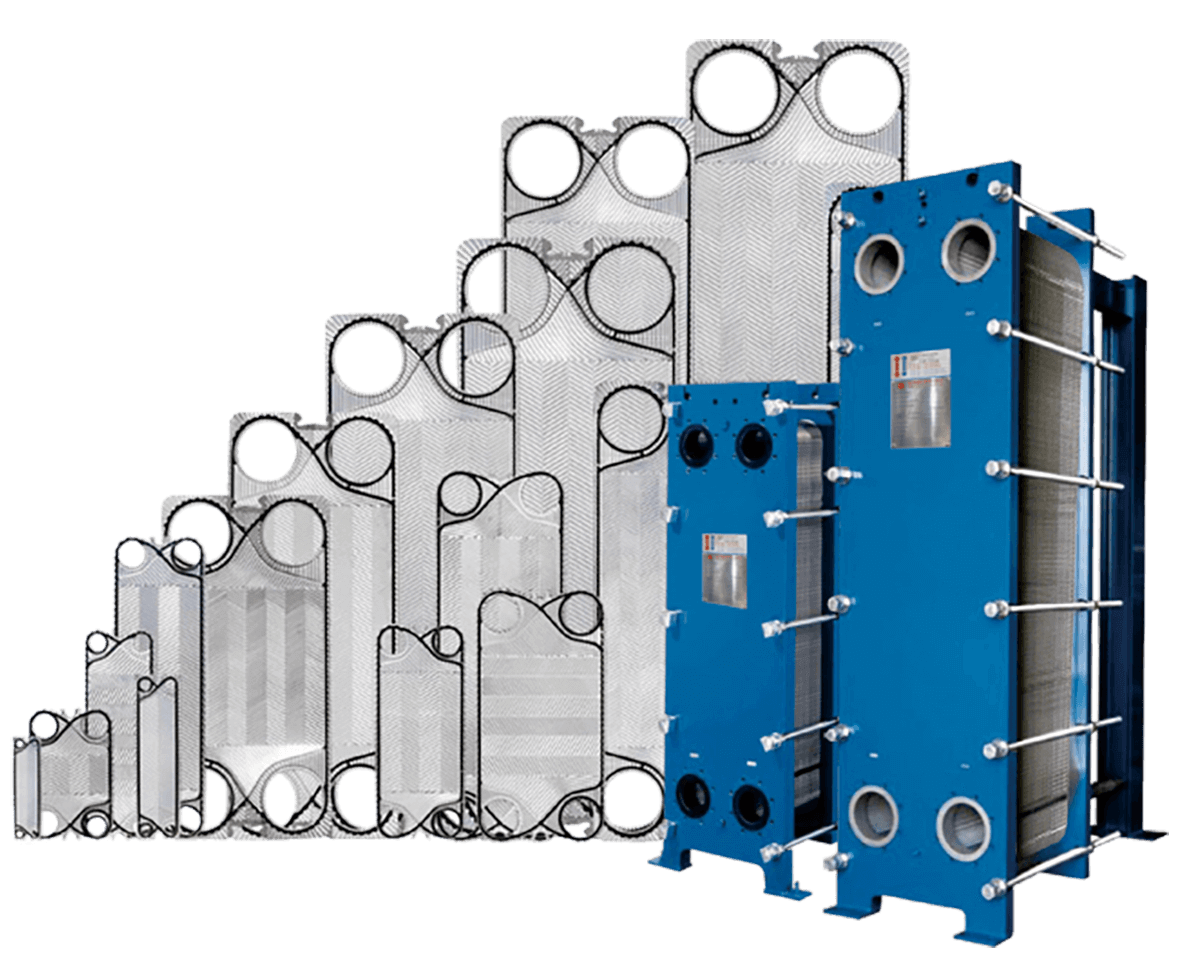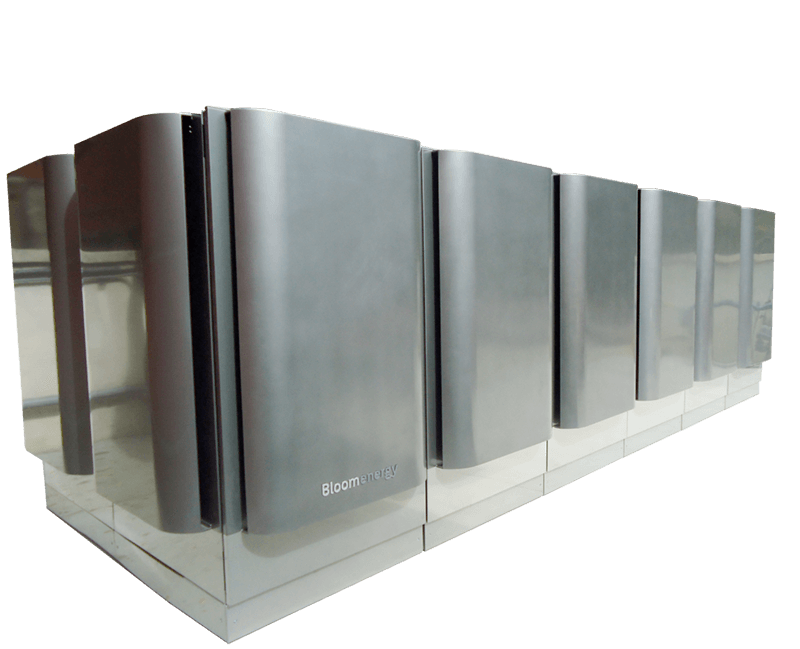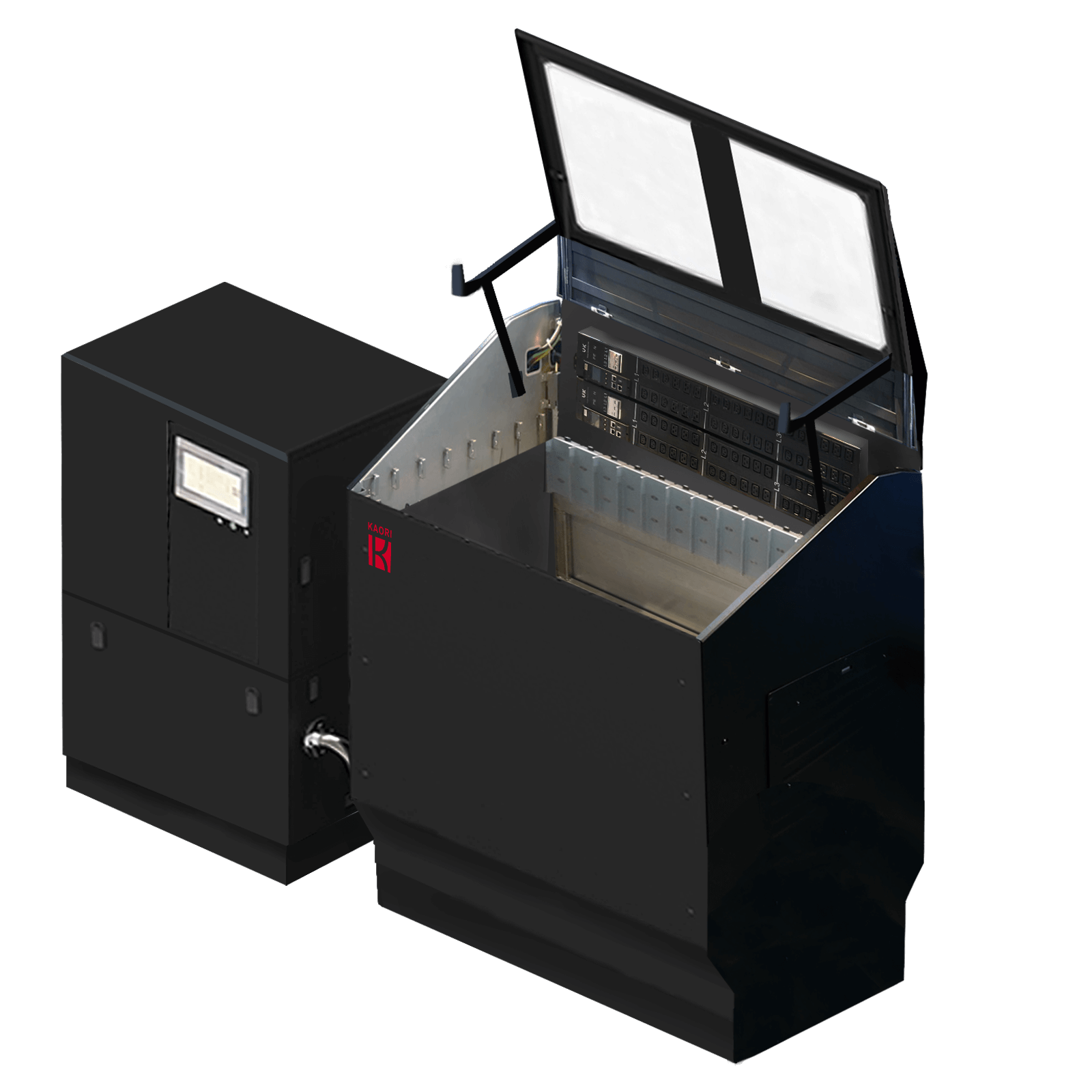Energy transition
Successfully assisting European heat pump manufacturers in developing heat pump heaters to replace natural gas boilers, promoting energy transition.
Introducing the market's smallest dual-circuit counterflow plate heat exchanger Z085D, which is high-pressure resistant, compact, environmentally friendly with microchannel design, and simplified external connection piping.
Industry's first no-bolt pressure plate innovation
Introducing the industry's first CO2 dual-system hard-brazed plate heat exchanger with no-bolt pressure plate, offering a transcritical CO2 heat pump system or refrigeration system in multiple compressor configurations. It aims to achieve the ultimate optimization goal of high-performance systems for heating, cooling, heat recovery, and more.















